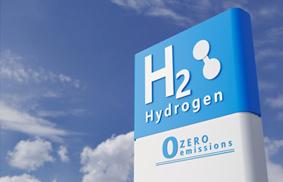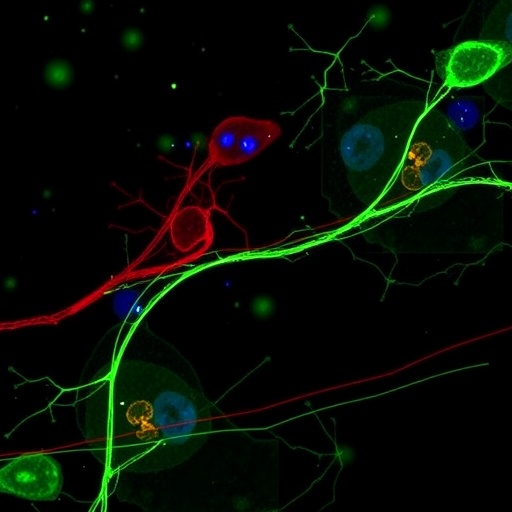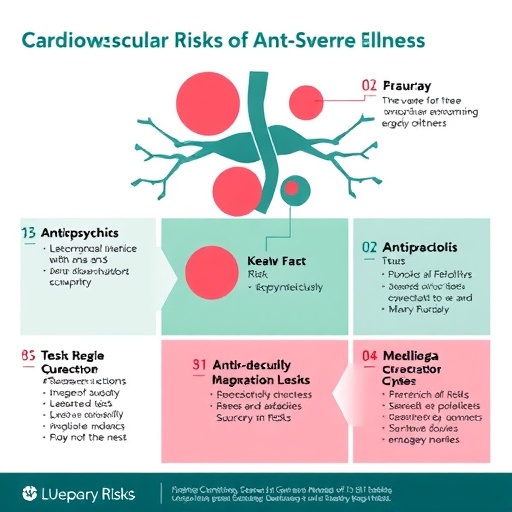Scientists demonstrate enhanced hydrogen production from sunlight-assisted water splitting using a polydopamine-coated zinc sulfide nanorod catalyst

Credit: Incheon National University
To combat climate change, shifting from fossil fuels to clean and sustainable energy sources is imperative. A popular candidate in this regard is hydrogen, an eco-friendly fuel that produces only water when used. However, the efficient methods of hydrogen production are usually not eco-friendly. The eco-friendly alternative of splitting water with sunlight to produce hydrogen is inefficient and suffers from low stability of the photocatalyst (material that facilitates chemical reactions by absorbing light). How does one address the issue of developing a stable and efficient photocatalyst?
In a study recently published in Applied Catalysis B: Environmental, an international group of scientists, led by Assistant Professor Yeonho Kim from Incheon National University in Korea, addressed this question and reported on the performance of polydopamine (PDA)-coated zinc sulfide (ZnS) nanorods as a photocatalyst, which showed an increase in hydrogen production by 220% compared to ZnS catalyst alone! Moreover, it displayed decent stability, retaining almost 79% of its activity after being irradiated for 24 hours. Dr. Kim outlines the motivation behind their research, “ZnS has various photochemical applications because it can rapidly generate electric charge carriers under sunlight. However, sunlight also causes oxidation of sulfide ions leading to photocorrosion of ZnS. Recently, studies showed that controlled-thickness PDA coatings on a photocatalyst can improve conversion efficiency for solar energy and enhance photostability. But, so far, no study has addressed the physico-chemical changes at the interface of ZnS/PDA. Therefore, we wanted to study the effect of PDA binding on the photocatalytic performance of ZnS.”
The scientists fabricated the PDA-coated ZnS nanocatalysts through polymerization to coat dopamine onto ZnS nanorods, and varied the polymerization period to create samples of three different PDA thicknesses–1.2 nm (ZnS/PDA1), 2.1 nm (ZnS/PDA2), and 3.5 nm (ZnS/PDA3). They then measured the photocatalytic performance of these samples by monitoring their hydrogen production under simulated sunlight illumination.
The ZnS/PDA1 catalyst showed the highest hydrogen production rate followed by ZnS/PDA2, uncoated ZnS, and ZnS/PDA3. The team attributed the inferior performance of ZnS/PDA2 and ZnS/PDA3 to more light absorption by the thicker PDA coatings, which reduced the light reaching ZnS and impeded the excited charge carriers to reach the surface; uncoated ZnS, contrarily, underwent photocorrosion.
To understand the role of electronic structure in the observed enhancement, the scientists measured emission and extinction spectra of the samples along with density functional theory calculations. The former revealed that the enhanced absorption was due to Zn-O or O-Zn-S shells forming on ZnS and the creation of energy levels near the valence band (highest atomic level filled with electrons) that can accept “holes” (absence of electrons), while the calculations showed that ZnS/PDA has a unique “doubly staggered” electronic structure that facilitates the transport and separation of charge carriers at the surface. The improved durability was due to lowered oxidative capacity of holes in the valence states of PDA.
Dr. Kim and his team are hopeful of wider applications of their technique. “The polydopamine coating utilized in our work is also applicable to other groups of selenide, boride, and telluride-based catalysts,” comments Dr. Kim.
The future might indeed be hydrogen!
###
About Incheon National University
Incheon National University (INU) is a comprehensive, student-focused university. It was founded in 1979 and given university status in 1988. One of the largest universities in South Korea, it houses nearly 14,000 students and 500 faculty members. In 2010, INU merged with Incheon City College to expand capacity and open more curricula. With its commitment to academic excellence and an unrelenting devotion to innovative research, INU offers its students real-world internship experiences. INU not only focuses on studying and learning but also strives to provide a supportive environment for students to follow their passion, grow, and, as their slogan says, be INspired.
Website: http://www.
About the author
Dr. Yeonho Kim is an Assistant Professor of Research Institute of Basic Sciences at Incheon National University. His research group is developing environmentally-friendly (photo) catalysts of the nanoscale range and studying their reduction/oxidation mechanism during the photocatalytic reaction. His group aims to overcome challenges in present catalysts technologies using alternative oxidation half-reactions to drive the breakdown of waste polymers or chemicals into valuable organic products.
Media Contact
Yeonho Kim
[email protected]
Original Source
http://www.
Related Journal Article
http://dx.




